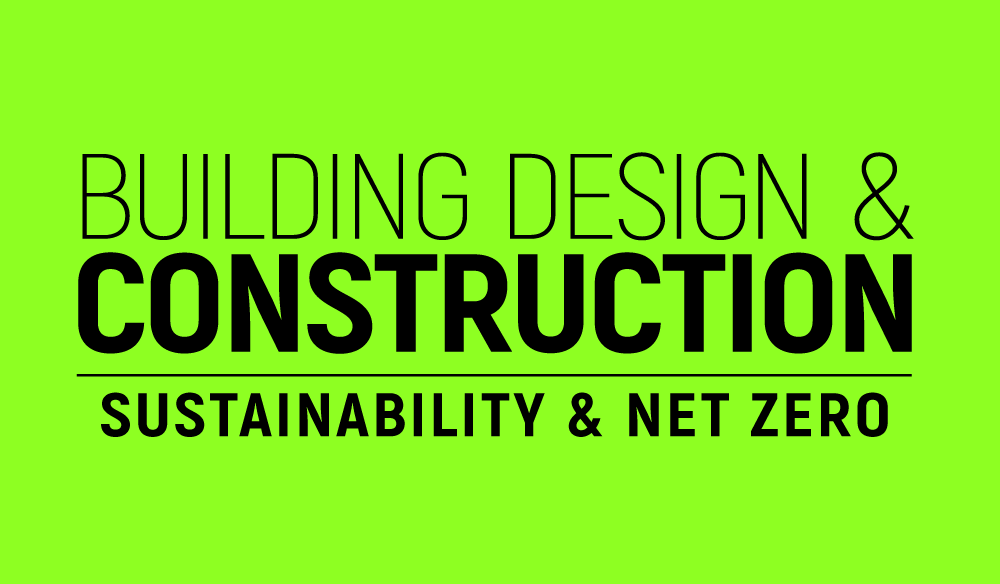The construction industry is constantly evolving, striving for efficiency and sustainability. Scandinavian countries lead the way with innovative design practices. Learning from their success could transform UK construction.
Looking to the north, you can discover invaluable lessons from Scandinavian construction practices. These regions are renowned for their commitment to sustainable and efficient design, a pursuit that resonates with the modern push for eco-friendly and cost-effective building solutions. As the demand for innovative construction grows, integrating these practices, including efficient metal deburring methods, can significantly enhance project outcomes.
Scandinavian Design Principles
Scandinavian design is characterized by its minimalist approach, focusing on functionality and simplicity. This style contributes to efficient construction by reducing material waste and streamlining project timelines. Essential to this is the integration of efficient metal deburring methods, which play a crucial role in achieving smoother finishes while minimizing resource wastage. By embracing these principles, UK projects can reduce costs and improve overall project efficiency.
These design principles also promote environmental sustainability by encouraging the use of renewable materials and energy-efficient technologies. The seamless blend of aesthetics and utility ensures that buildings not only look appealing but also contribute positively to environmental goals. This approach aligns well with global efforts to reduce carbon footprints in the construction industry.
Furthermore, Scandinavian architecture often incorporates large windows to maximize natural light, reducing reliance on artificial lighting. This design feature not only saves energy but also enhances the well-being of building occupants by creating brighter and more inviting spaces.
Efficient Construction Techniques
In addition to design aesthetics, Scandinavia excels in implementing efficient construction techniques that can benefit UK builders. Prefabrication is a common practice, allowing for components to be manufactured off-site, ensuring precision and reducing on-site waste. Electropolishing in manufacturing is another method employed to ensure high-quality finishes and durability of metal components, further enhancing efficiency and sustainability.
The focus on automation and advanced technology within construction processes helps minimize human error and accelerates project timelines. This technological integration ensures that projects are completed on schedule without compromising quality or environmental standards.
By adopting such techniques, you can increase productivity while maintaining high standards of quality control. The integration of these methods into UK projects not only meets the growing demand for sustainable solutions but also positions the industry as a leader in innovative construction practices.
Sustainability Practices
Scandinavian countries prioritize sustainability through their choice of materials and design strategies. Eco-friendly materials like recycled steel and wood are commonly used, promoting a circular economy within the construction sector. Energy-efficient designs such as passive houses are also prevalent, minimizing energy consumption through superior insulation and airtightness.
The environmental benefits of these practices are significant, reducing carbon emissions and lowering operational costs over a building’s lifecycle. By adopting similar strategies, UK projects can contribute to global sustainability goals while offering cost-effective solutions to clients.
Moreover, these sustainable practices enhance a building’s value by meeting increasing market demands for green certifications and energy performance standards. Implementing these strategies offers competitive advantages in an increasingly environmentally conscious industry.





